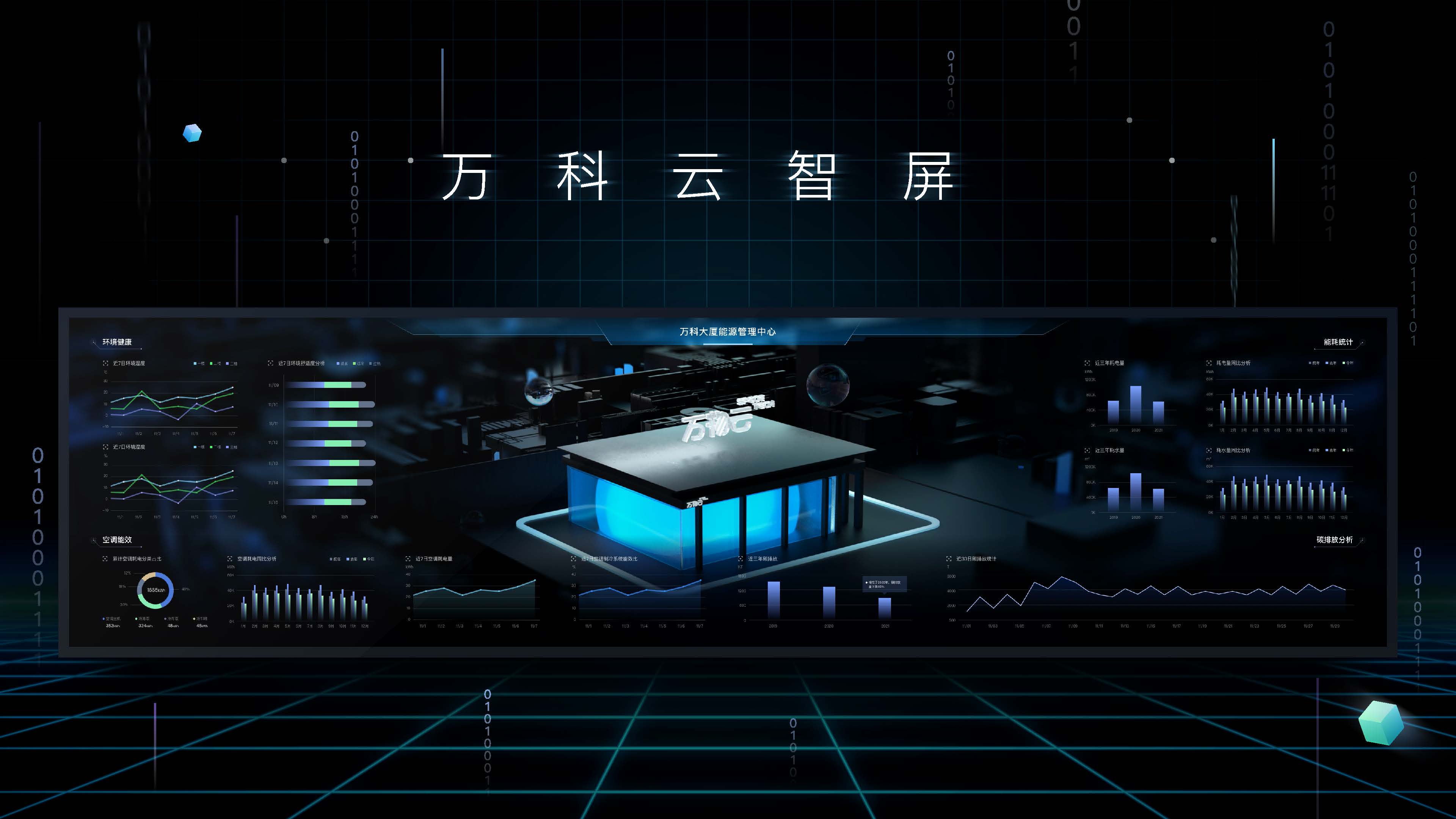
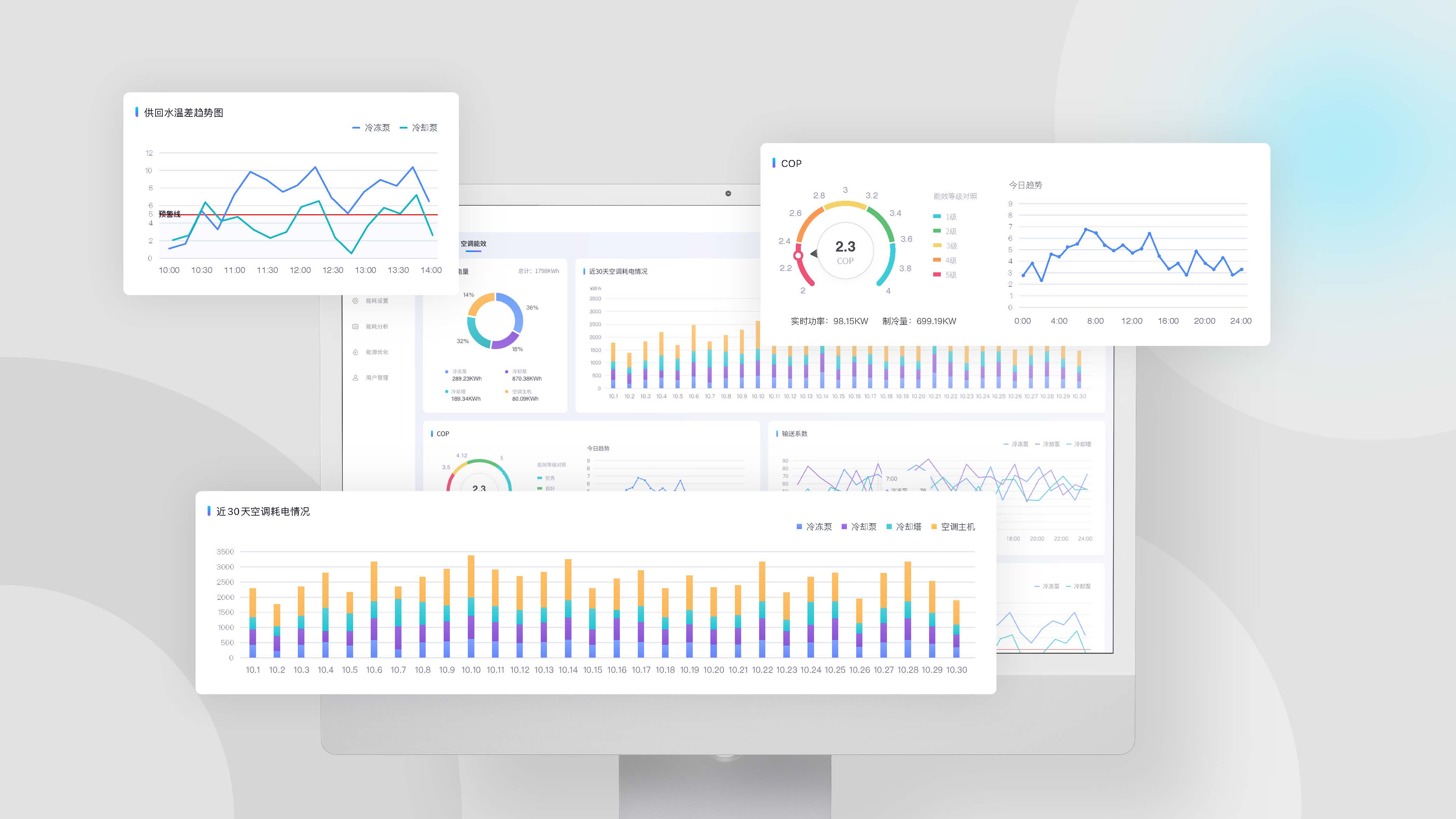
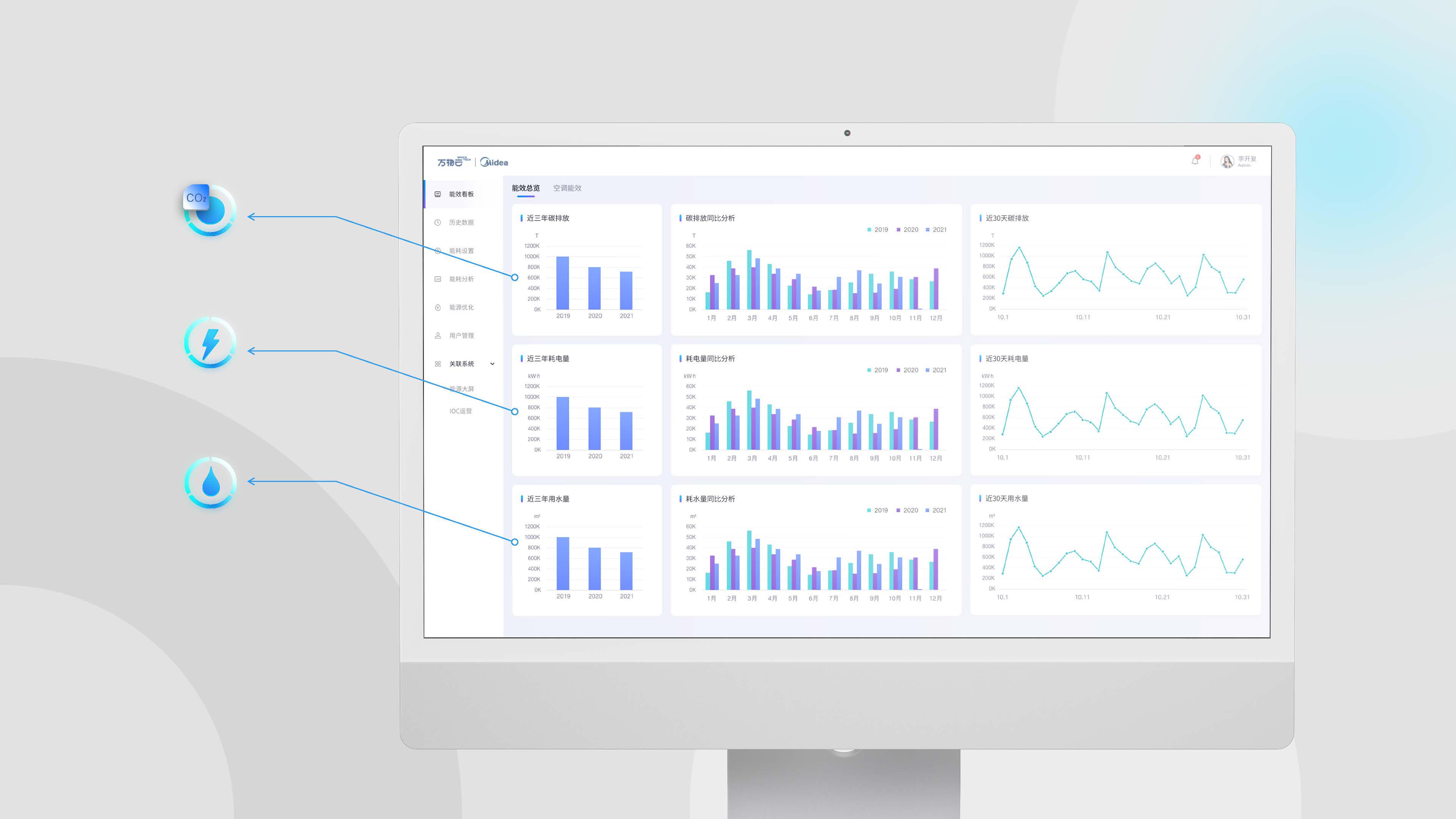
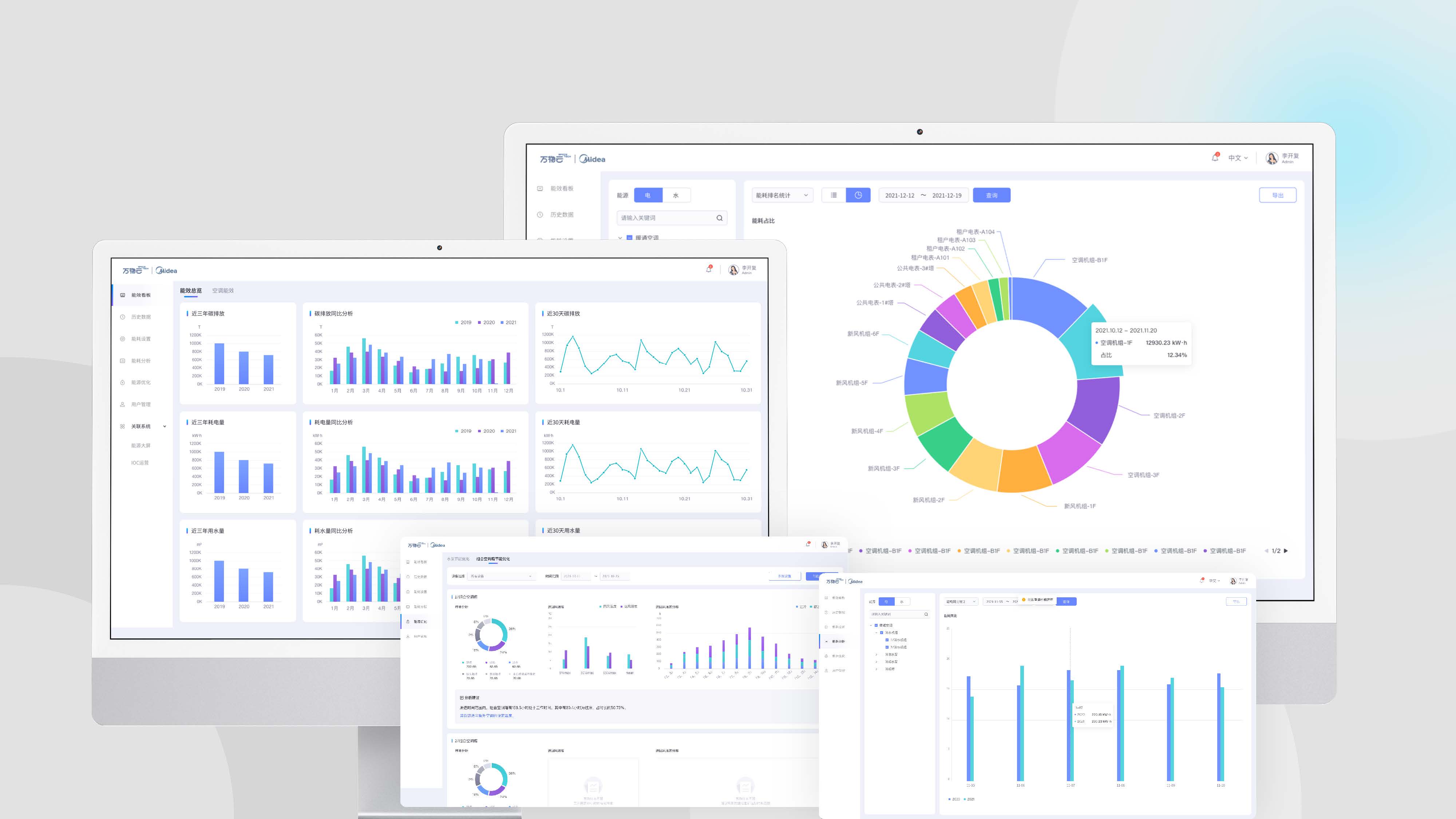
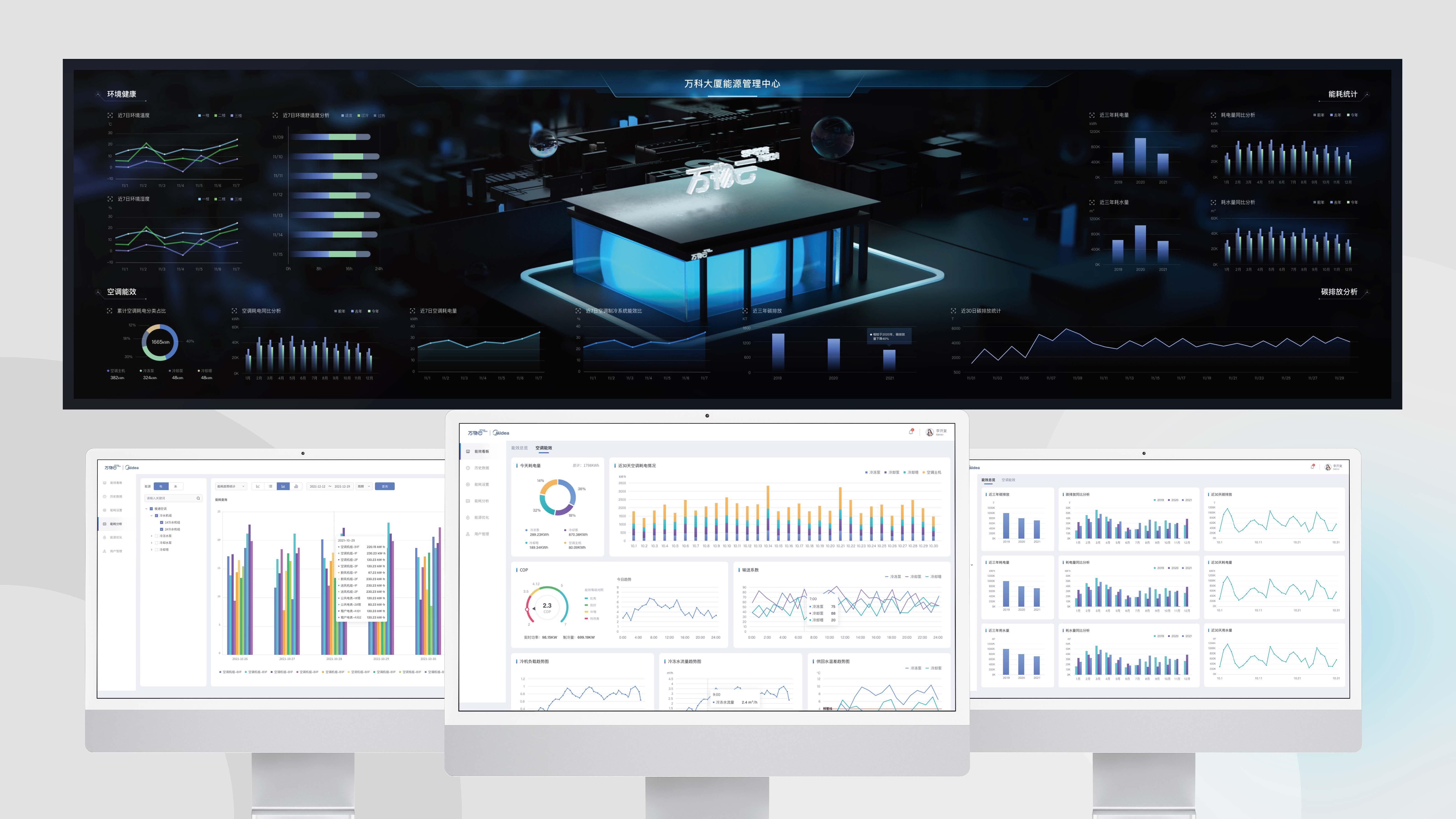
Image Credit :
Project Overview
The world is challenged by severe climate change, and thus how to control carbon emissions effectively and use energy more efficiently and reduce consumption so as to realize the goal of carbon neutrality have become a pressing task for companies. Office buildings are densely populated, which requires a large quantity of energy-intensive equipments, featuring long using hours and huge consumption. With companies evolving, office buildings also extend their functions, resulting in growing energy use, but lack a precision, unified and intelligent energy management system. And there are many problems exiting, namely, outdated data, obsolete statistic analysis, low digital level, and a lack of energy conservation means.
Organisation
Midea Building Technologies Division
Team
Project Brief
This software is a comprehensive energy management system for companies, aiming at facilitating their energy management and improvement via a standard system. It keeps track of all energy consumption figures in a real-time manner and stores them in clouds. The built-in algorithm for optimizing and controlling background services can come up with proper plans to optimize the energy use according to the consumption in different time periods. In doing so, this system can make companies intelligent management more effective, cut the manual maintenance fees, conserve energy and reduce emissions. For just one year, it can decrease the operation costs by 20%.
Project Innovation/Need
To address this issue, this software bases itself on field research and analysis, and provides a standard and intelligent way of energy management. It simplifies the maintenance means, shows all energy consumption in a real-time manner, and conducts predictive maintenance management to ensure prompt measures. Also, it collects, stores, and analyzes energy and emission figures, carries out diagnosis of energy saving, and optimizes the control and comprehensive management. Through guaranteeing the stable operation, it helps to reduce energy use, improve the use ratio, and optimize energy structure.
Design Challenge
The software features a highly simplified UI. Data of energy consumption on a monthly and yearly basis are clear, helping operation and maintenance staff to draw quick conclusions. The straight and user-friendly interface saves the cost of training for O&M staff, and the visual realistic model serves as a monitoring way for O&M staff. All monitoring scenes can be projected onto the main screen without the need of switching back and forth, rendering it convenient to manage. The combination of dynamic video and static charts also gives the entire software a sense of motion. The colour palette used is in line with the brand image and value. The visual data charts are closely collected, and the design form are highly consistent. With the use of 3D model rendering technology, the models of the real buildings are converted into digital images, increasing the futuristic and technological sense.
Future Impact
The software helps to develop a reasonable and intelligent plan to optimize energy use through clear-cut analysis of air-conditioning energy consumption, comparison of water and electricity use on a monthly and yearly basis respectively, and online monitoring of carbon emissions and environmental data. The results are demonstrated through a dynamic video of the building, coupled with indicators or charts. The system brings a stronger sense of technology and futurism and creates an immersive experience for users as well as helps companies to develop a reasonable energy allocation system. It enables collaborative control between different systems of facilities and equipment, helping to increase the efficiency of the building's air conditioning system by 20%, the operational efficiency by 10% and reduce energy cost by 10%.
Systems - Commercial
<p>Commercial projects recognises that design is the means to create meaningful experiences for users, create value for people and drive profit for businesses.</p>
<p>All systems are designed to serve a purpose – and that purpose is to serve people. Systems design optimises systems performance by systematically focusing on the human component - human capacities, abilities, limitations and aspirations.</p>
More Details
